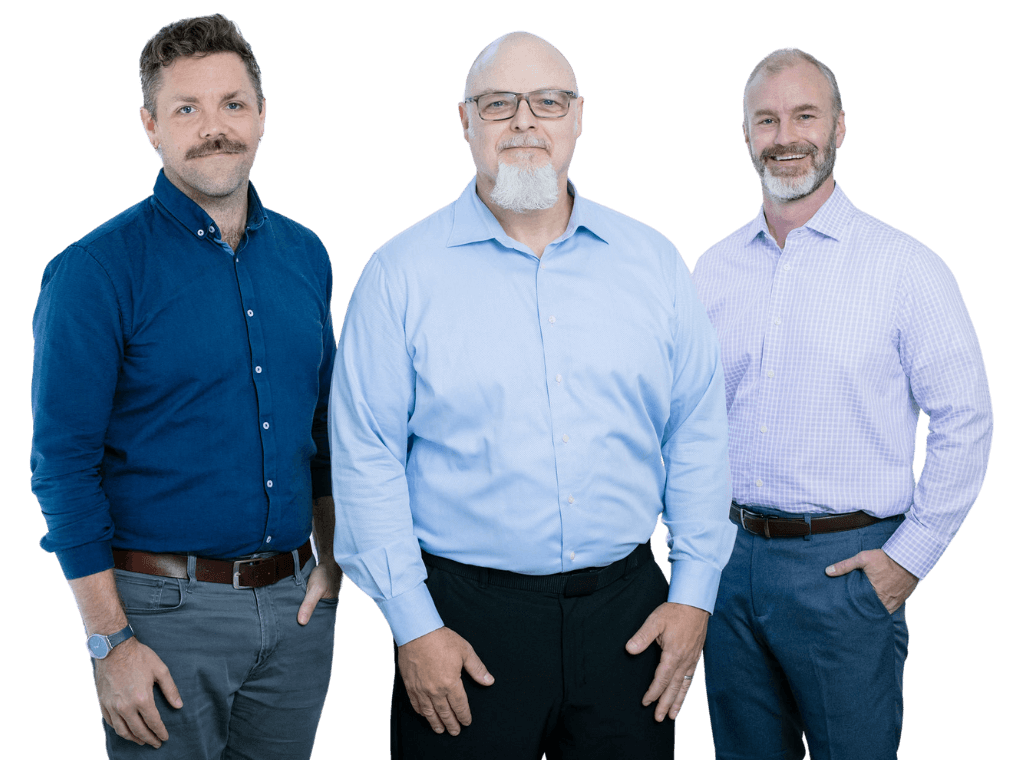A Story of Disruption and Adaptation
Imagine a scenario where a mid-sized company, led by a visionary CEO and a highly skilled CHRO, had been thriving for years in a stable market. The company’s leadership team was confident in their ability to navigate the industry and consistently deliver results. However, seemingly overnight, their market was disrupted by a new technology that fundamentally changed how customers engaged with their products. Competitors rapidly adapted, leveraging the new technology to create innovative offerings. Meanwhile, the company’s traditional strategies and leadership approaches started to fall short. This reveals cracks in its ability to respond effectively to new challenges.
The CHRO recognized the urgency of the situation and understood that the company’s leaders needed more than just tactical adjustments. They needed to undergo a transformative development process. The goal was to cultivate leaders who could not only navigate complexity but thrive in it. The CEO, initially skeptical, quickly realized that the company’s future depended on its ability to lead in this new, complex environment. Together, they turned to a leadership development approach that emphasized more than just skill enhancement. Instead, it was a fundamental shift in how their leaders thought, made decisions, and executed their vision.
The Need for Transformative Leadership in Complex Environments
In today’s business landscape, complexity is the new normal. Rapid technological advancements, shifting customer expectations, and global interconnectedness mean that the traditional, hierarchical models of leadership are no longer sufficient. Leaders must operate in environments where change is constant, problems are ambiguous, and solutions are not always clear-cut. In such settings, a leader’s ability to adapt, learn, and grow is critical to the organization’s success.
While valuable in certain contexts, traditional leadership skills training and executive coaching often fall short of preparing leaders for these complexities. These approaches tend to focus on developing specific skills or behaviors, such as communication techniques, decision-making frameworks, or time management strategies, without addressing the deeper, more fundamental shifts needed in how leaders think and approach problems. As a result, leaders might learn new skills but remain ill-equipped to handle the unpredictable nature of today’s challenges.
To navigate this complexity, leaders need to evolve their skills and their entire thinking. We find this idea in what experts call constructive developmental theory. It’s a fancy way of saying that the way leaders think about problems, people, and themselves needs to grow as the challenges they face become more complicated. It’s not just about having the right answers. Rather, it’s about developing the capacity to see and understand problems in new ways. Without this shift, even the most technically skilled leaders can struggle to lead effectively in complex environments.
At The Catalano Group, we believe that transformative leadership development is essential for navigating these complexities. This is why our approach is designed to develop leaders who are adaptive, self-aware, and capable of leading through uncertainty.
Tips and Strategies for Leading in Complexity
- Focus on Purposeful Leadership: At The Catalano Group, we emphasize the importance of clarity, confidence, and transformation in leadership. Purposeful leadership is about more than just making decisions. It’s about aligning your team with a clear and meaningful purpose that drives both individual and organizational success. Leaders who understand and articulate the “why” behind their decisions inspire greater commitment and adaptability in their teams, which is crucial when trying to retain talent and boost performance while navigating complex environments.
- Focus on Self-Awareness: We emphasize something we call “Activation.” It’s about activating each leader’s core leadership capabilities by helping them become more aware of themselves and their work environments. When leaders understand how they think, act, and react, they can make better decisions. They can also be more influential- especially when faced with complex challenges.
- Practice Seeing the Big Picture: Our IOTA model is a simple framework we use to help leaders get better at understanding the bigger picture. Then, they can take small, meaningful actions. It stands for Insight, Outsight, Targeting, and Action. In short, it’s about helping leaders see what’s happening within themselves and around them, set clear goals, and then take action. It’s a way to ensure leaders don’t get stuck in the weeds and can guide their teams effectively through uncertainty.
- Align Your Team: Leading in complexity also means ensuring your team is on the same page. It’s about setting clear goals, defining roles, establishing processes to get work done, and building strong interpersonal relationships that support the work. When everyone knows what they’re supposed to do and how to do it, it’s easier to stay focused and get results, even when things get complicated.
- Encourage Continuous Learning: In a rapidly changing environment, the ability to learn and adapt is crucial. Leaders should be encouraged to engage in continuous learning. It can be through formal development programs, peer learning, gathering perspectives from others, or reflective practices. This ensures that they remain agile and responsive to new challenges as they arise.
Conclusion
In the face of complexity, the old ways of leading are no longer enough. Companies that prioritize transformative leadership development will be better positioned to navigate the uncertainties of the modern business world. By helping your leaders become more self-aware, see the big picture, align their teams, and keep learning, you’re setting your organization up not just to survive but to thrive in even the most complex and rapidly changing environments.
For CEOs and CHROs, the decision to invest in transformative leadership development is not just about improving current performance—it’s about securing the future of the company. The Catalano Group is here to guide you on this journey, helping you develop the leaders who will drive your organization forward, no matter what challenges come your way.



